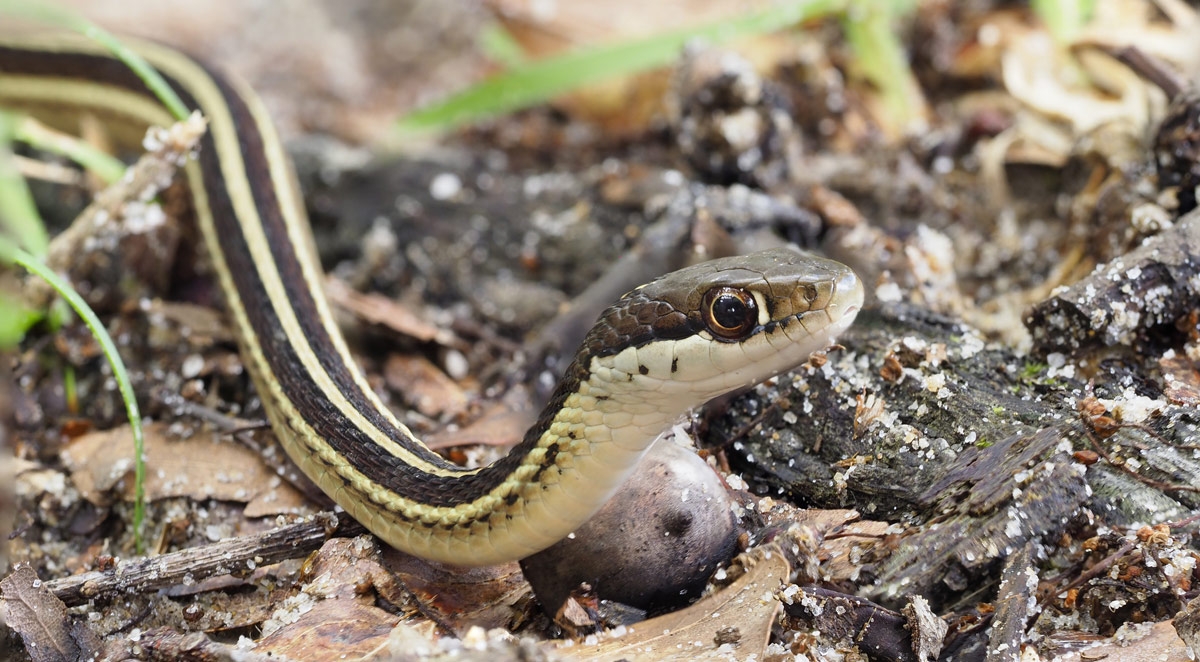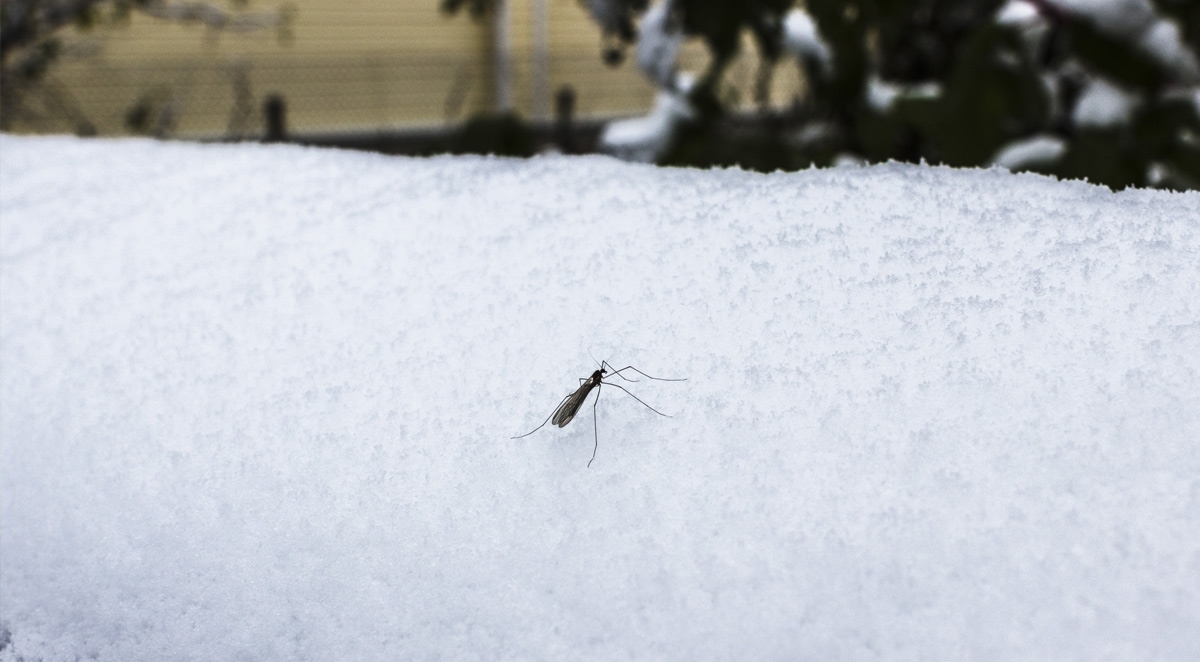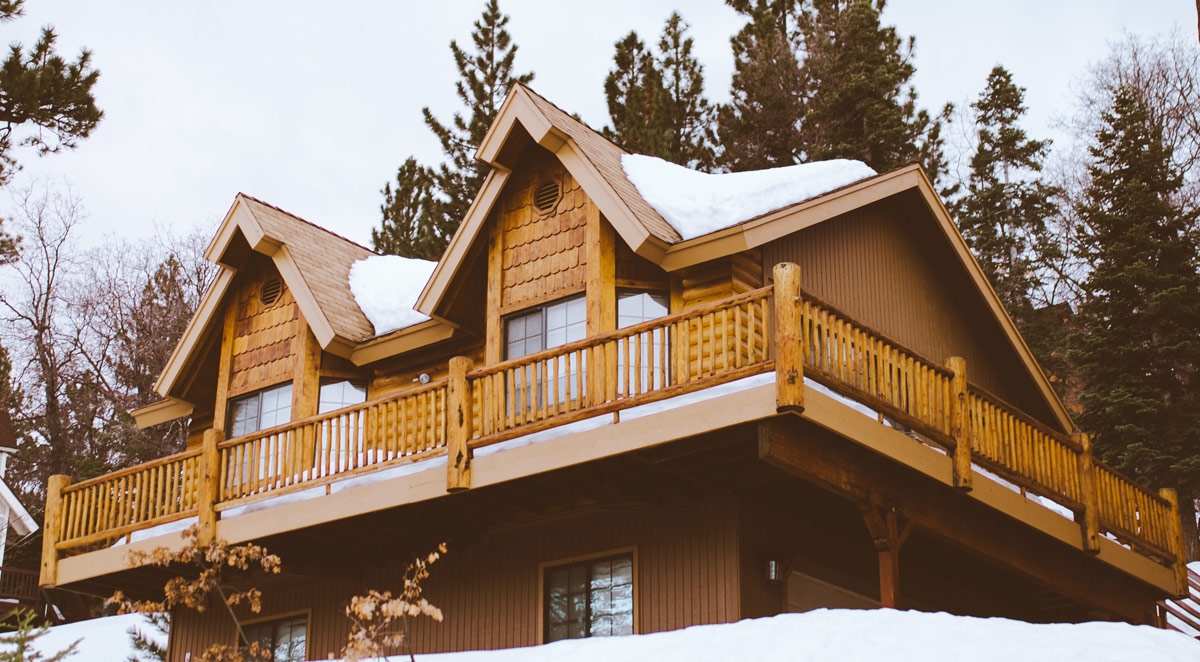Buying a home in the Carolinas and Virginia is a smart decision. For many years, our region has been growing rapidly. Whether you were in the foothills, Piedmont, or high country, you can look around and see what it is that draws new residents to our area. From wide mountain views to the rolling hills of the lower elevations to pristine rivers and creeks, there is a substantial amount of natural wonder. Our economy has remained strong even when much of the country suffered, so there are great jobs and careers when you do move here.
While buying a house is often a wise financial decision, especially as opposed to renting, homeowners often find themselves budgeting for things they might not have expected -- or at least they wish they had budgeted for unexpected repairs and maintenance. Homeowners must budget for heating and air conditioning repair and replacement, water heater maintenance, a new roof every 15 years or so, painting and staining, and a host of other issues. One expense for which you may not have accounted is pest control. However, planning what to spend on pest control and insect management related issues, can ensure that you get the most out of your budget.
As temperatures rise and outdoor activities increase, many homeowners in North Carolina, Virginia, and South Carolina find themselves wondering about the slithering neighbors that might be sharing their property. Understanding snake habitats is the first step in effective snake prevention and control. While snakes often trigger fear, they play important roles in our ecosystem – but that doesn't mean we want them taking up residence in our yards, gardens, or homes.
Even if you don’t love winter, it does offer a nice little break from our unofficial fifth season: Mosquito Season. Ahh, enjoy! But does cold weather really mean fewer bugs and creepy crawlies? Does it really kill pests?
People look for signs about everything. Whether it’s searching the stars for answers to questions about big decisions in life, reading horoscopes in the paper, or simply navigating roads and highways, we rely on signs to tell us where to go and what to do.
We also pay attention to signs something bad is going to happen. A bad sign could be the change in wind patterns that indicate a storm is rolling in, or noises your vehicle makes when it needs maintenance and attention. Good or bad, certain signs beckon us to pay attention and keep our guard up.
When it comes to pest infestations, many insects are tiny and difficult to see with the naked eye. Some hide in the darkest and deepest corners of your home for years and can go virtually unnoticed. However, even the sneakiest pests often provide signs of their presence.
More and more of us want to live more sustainable, environmentally-responsible lives, and this is a commendable goal! When it comes to pest control, what does this look like? Integrated pest management is an eco-conscious approach that uses our knowledge of pest life cycles, as well as their habits of interacting with their environment, to safely and effectively manage these problem populations. It minimizes environmental impact and the hazard to people and property. Want to learn more about IPM? You’re in luck.





